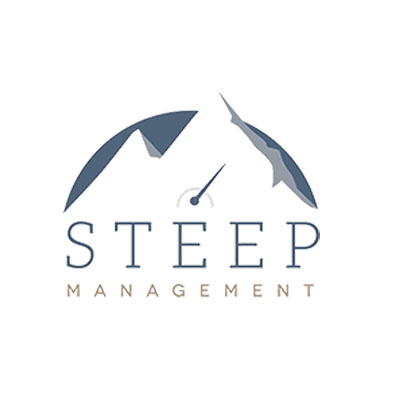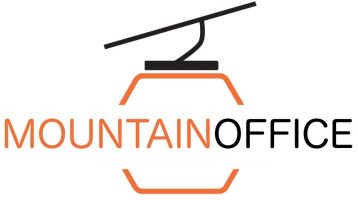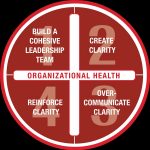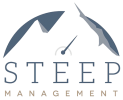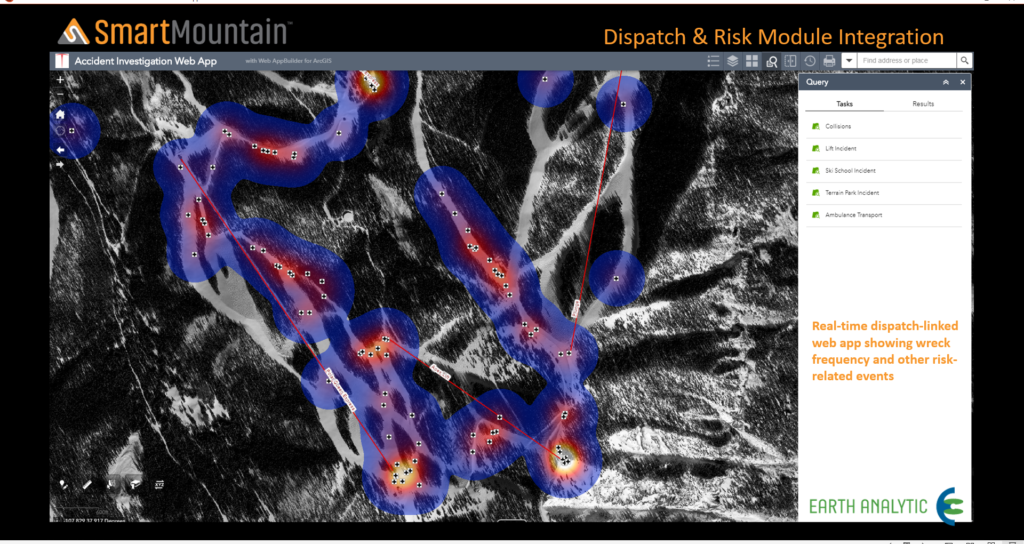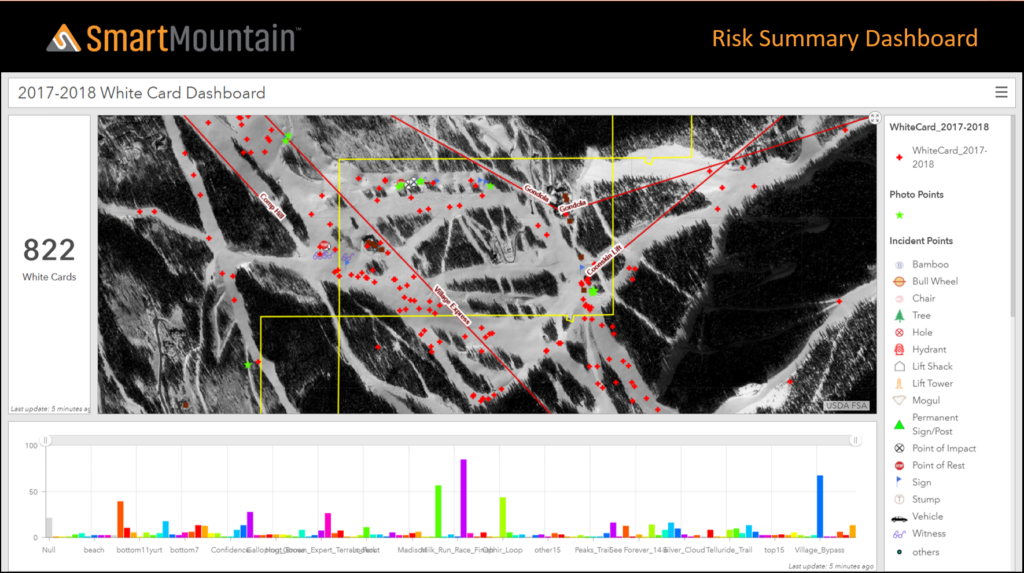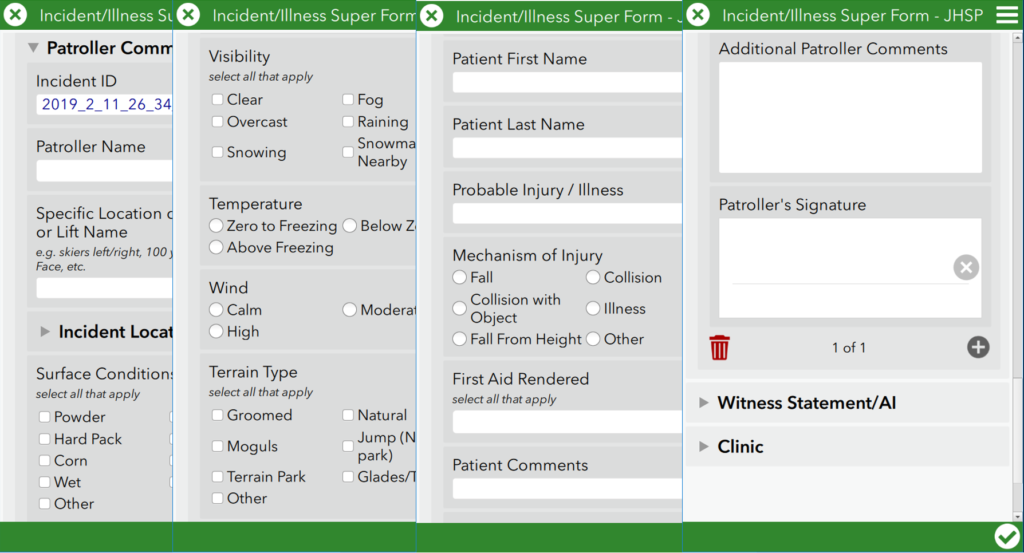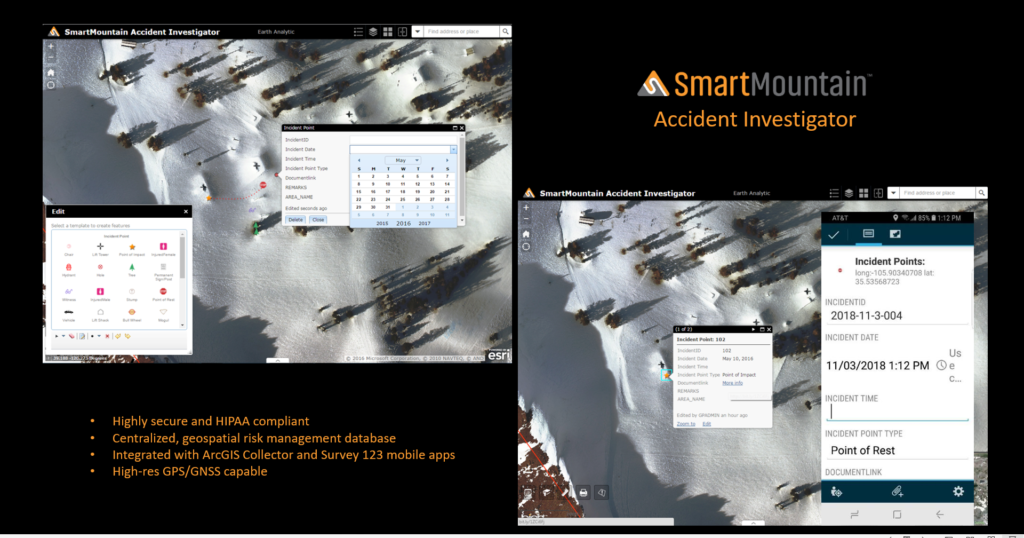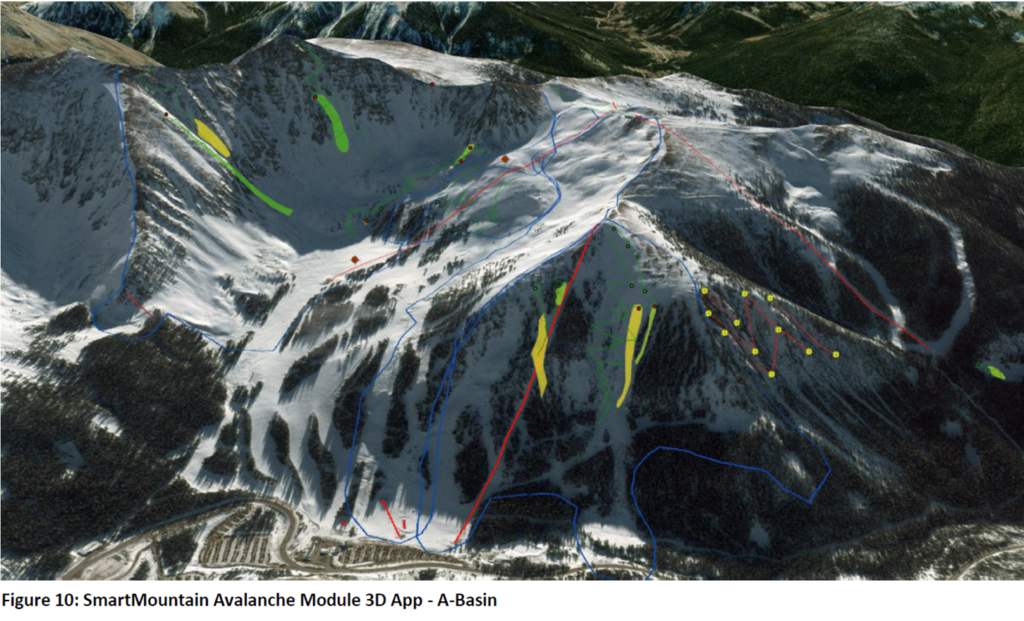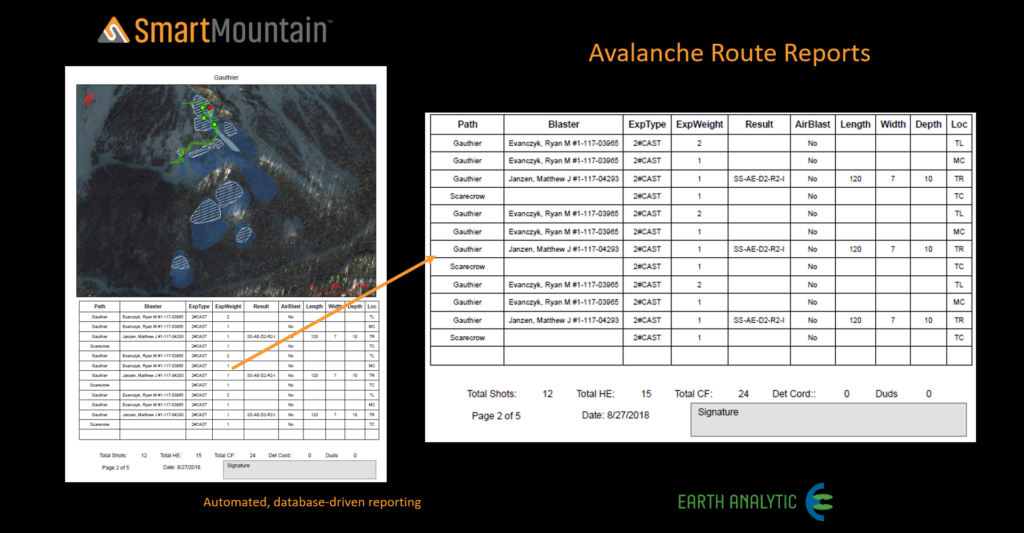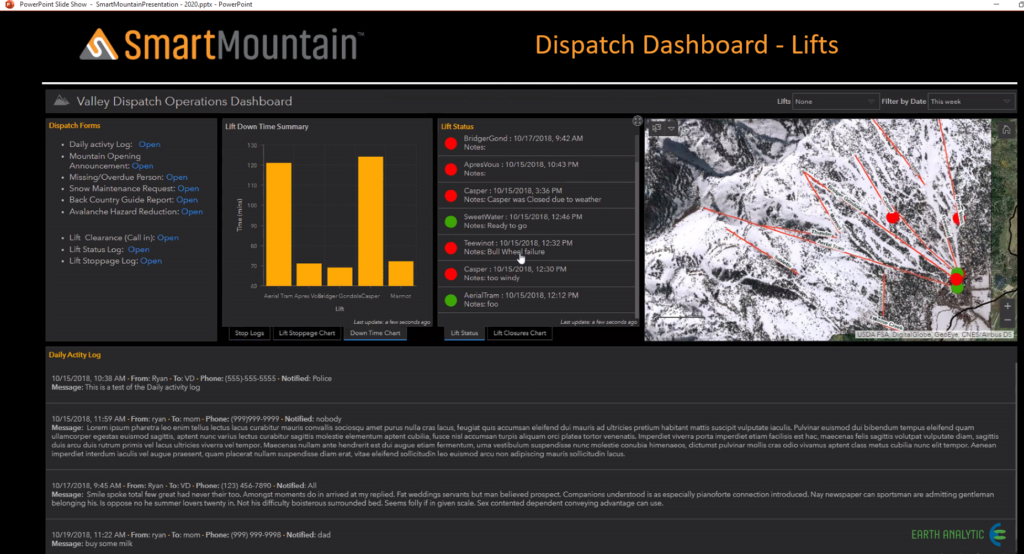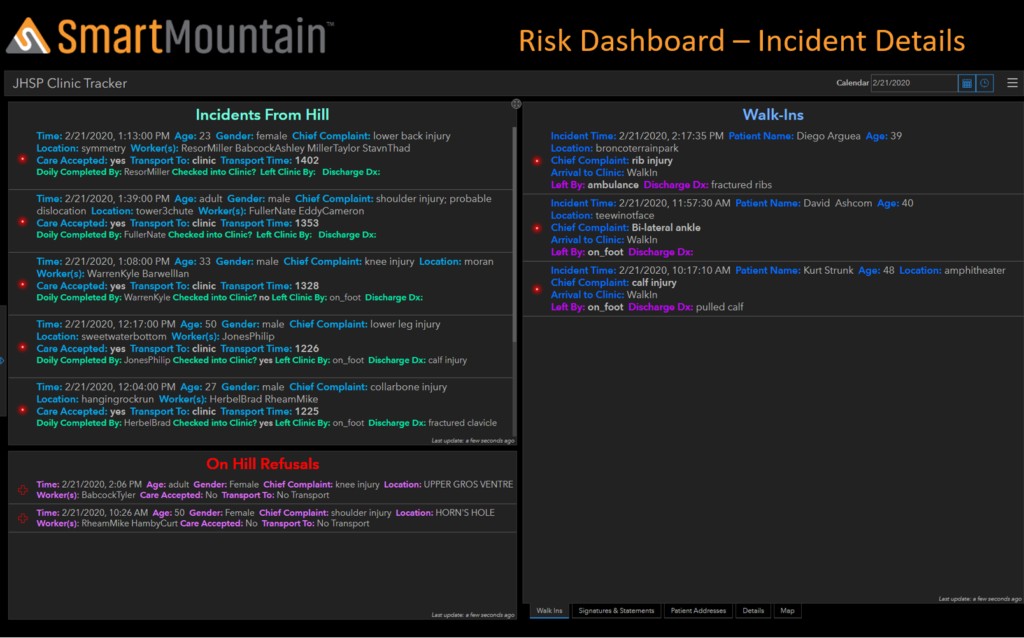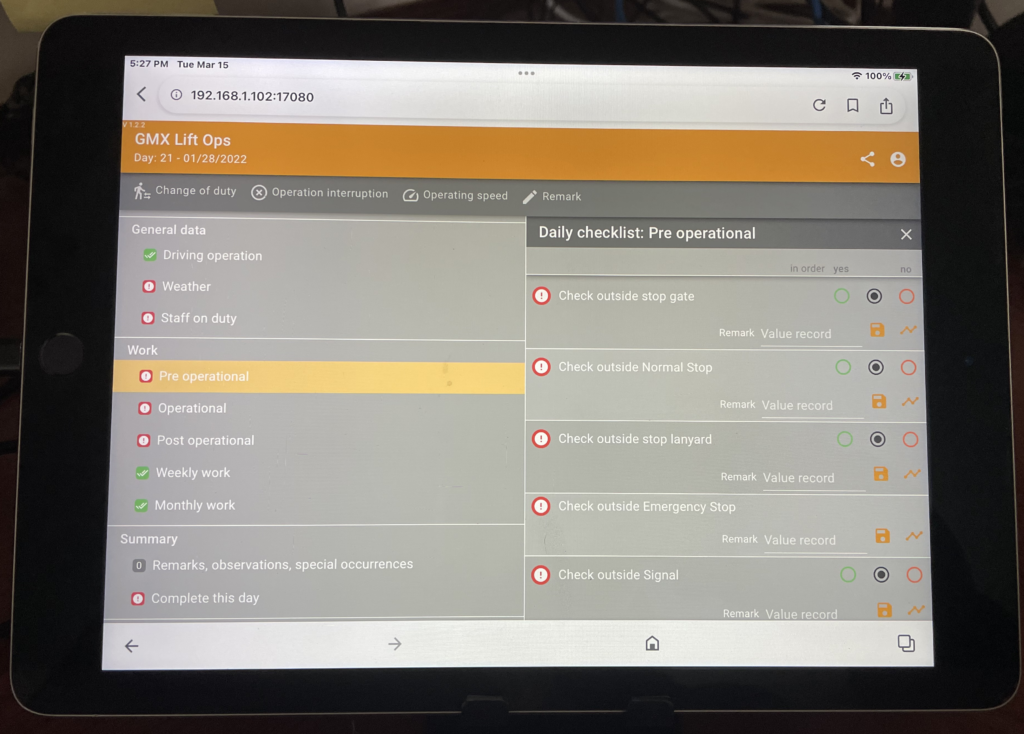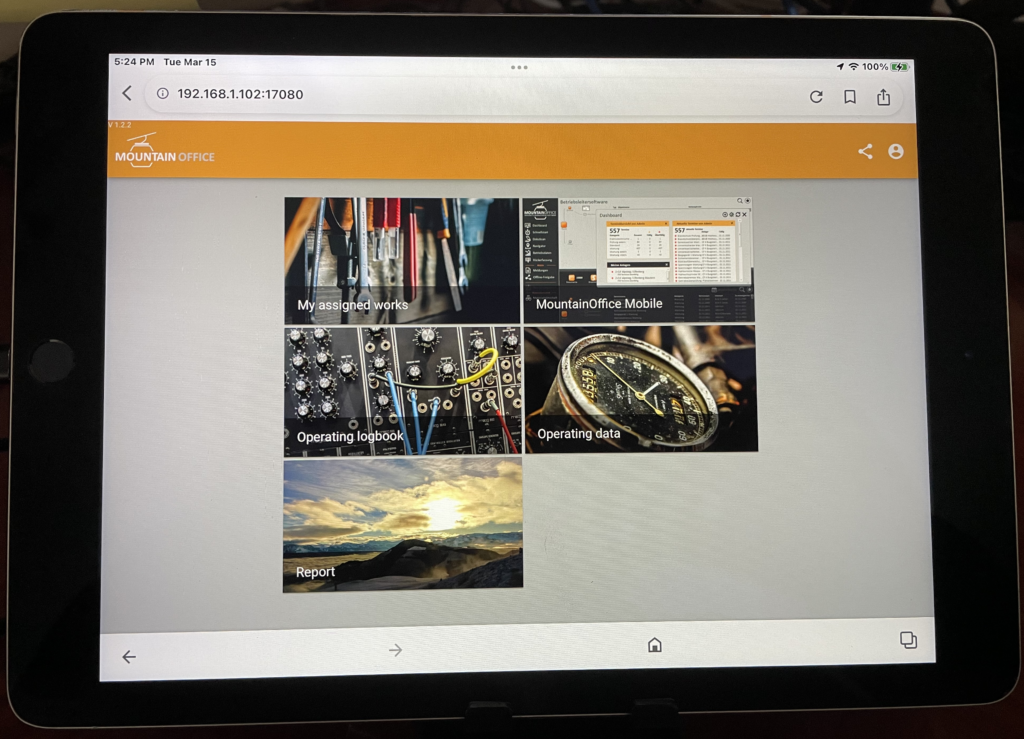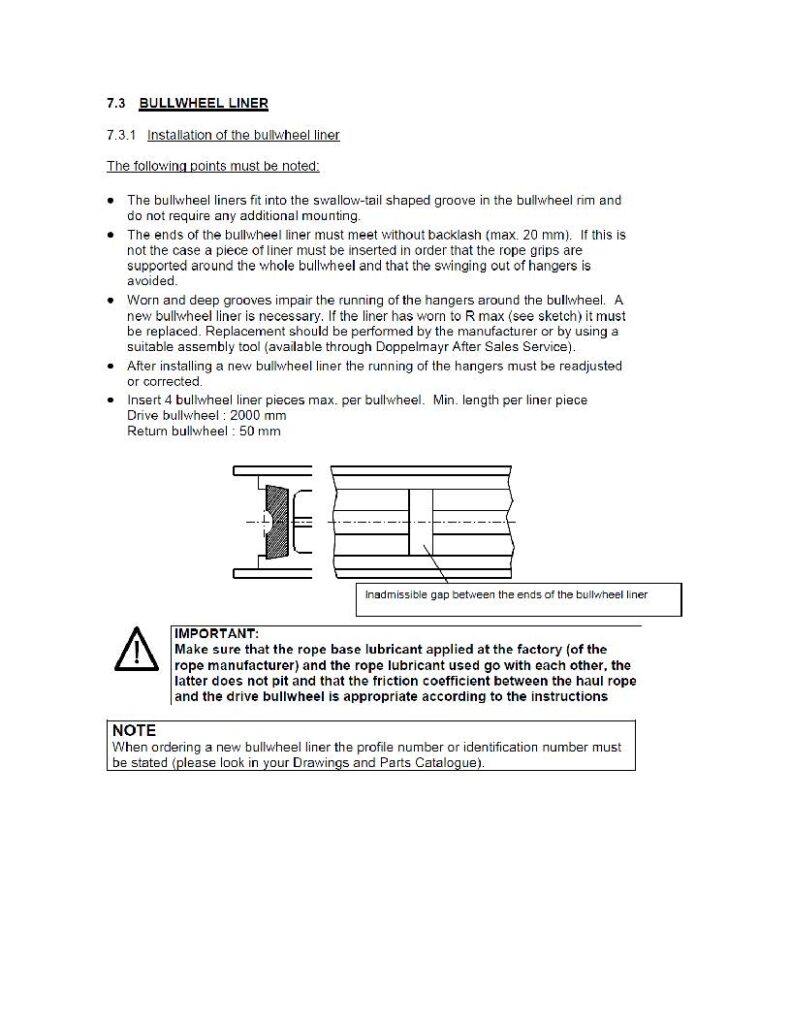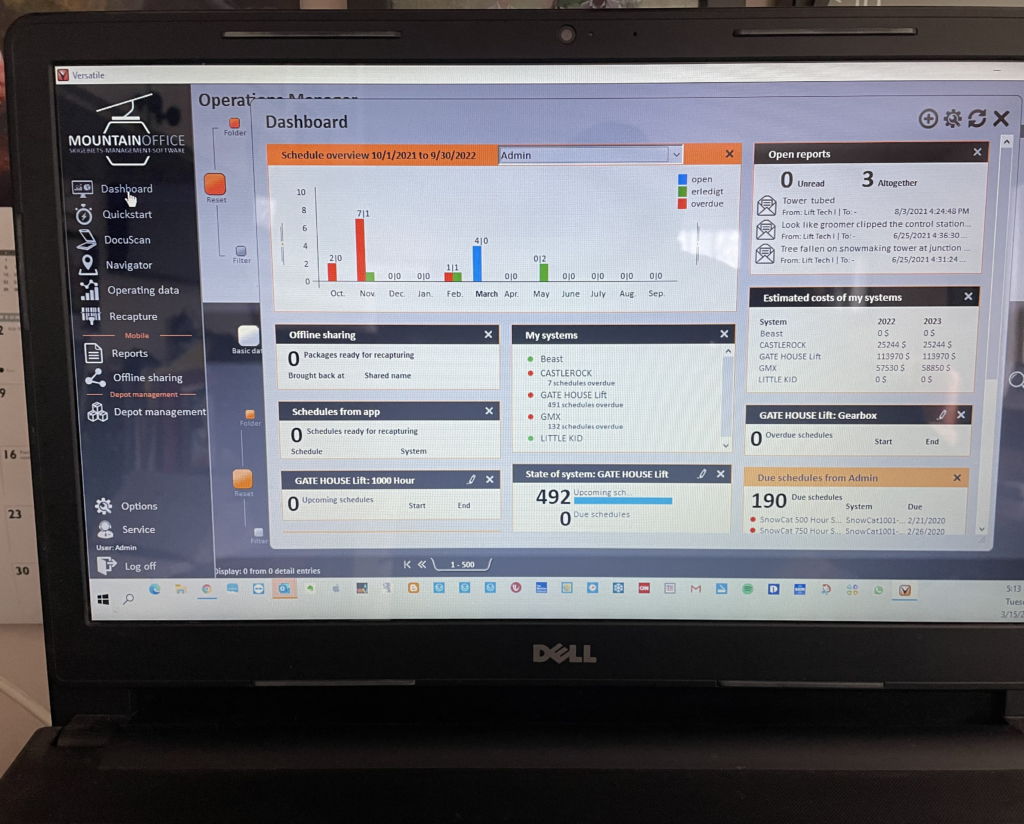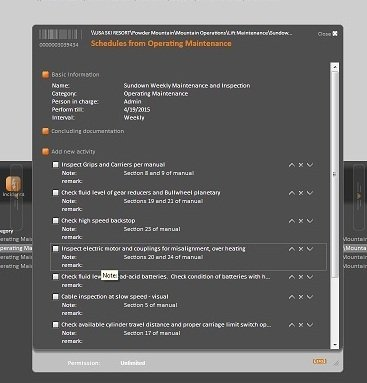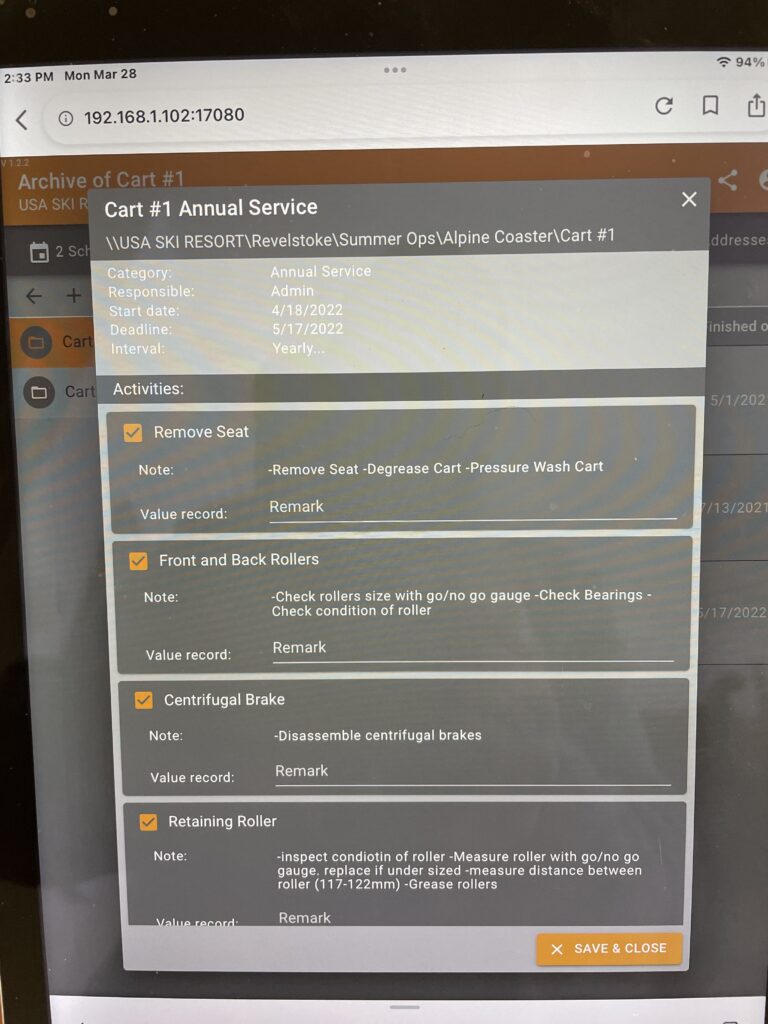
A scary question. Right? But I imagine many front-line lift maintenance managers and directors are asking that question in the back of their minds. I have spoken with two lift maintenance managers in the last week at prominent mountains that are understaffed and say if they lost one more person, they don’t know how they could keep the lifts turning.
| A recent post in The Storm King Journal titled Is It Time for Local Governments to Set Ski Area Capacity Limits? As mountain-town infrastructure reaches its limits, something has to give by Stuart Winchester gave me pause as images of more government regulation and the fact that I chaired a meeting where this conversation came up in our community recently. My thought then went to how tramway boards will react to inadequately trained and staffed lift maintenance departments. Will tramway boards restrict the number of lifts that can run by the capacity and skill of a lift maintenance department?
I think we can all acknowledge that the problem is real, and the consequences could very possibly be dire or even catastrophic. The migration from the lift maintenance workforce has had two significant impacts, (1) loss of institutional and technical knowledge and (2) loss of man-hours to do the work. We all know there isn’t an easy fix as the factors for this change are complex ones. I see the answer as a three-legged stool. Two legs of the stool are discussed frequently, compensation and training. The third leg is the engagement and inclusion of employees. The third leg is a little more complex as it requires a management shift in attitude and commitment. The two most commonly discussed do have a bottom-line impact. The third leg does not have a negative bottom-line effect but rather a positive one. Regrettably, there tends to be a lot of focus on social media and in ski area offices about compensation and training, which is good, but the stool will still tip over on two legs. The third leg does not get the attention it should. The lack of awareness in this area is prevalent as managers and executives in all industries avoid dealing with what I have referenced as the health part of an organization. Managers and Executives more commonly focus on the smart side of an organization, such as finance and marketing; compensation and training are on the smart side of the equation. The Steep newsletter has written often on organizational health. I will not give up on it as it is one of the answers to addressing the loss of lift maintenance technicians. It sounds simple but lift maintenance technicians are as important as marketing, financial, and human resource professionals. Lift maintenance technicians need to be thought of in the same context as other professionals.  Engagement and inclusion have no out-of-pocket cost, just a commitment shift by leadership. In recruiting brochures, ads, and social media, it is often given lip service. Still, the small things don’t back up those statements in the brochures, ads, social media, and policy manuals that cause staff retention problems. The primary causes of no or a lack of staff engagement and inclusion are: Anonymity – people cannot be fulfilled in their work if they are not known. Staff who see themselves as invisible or anonymous cannot love their jobs no matter how much they get to ski. Irrelevance – everyone needs to know their job matters to someone, whether that be the customer, the owner of the company, the VP or Director of Mountain Ops, or at a minimum, their front line manager. Immearsurement – staff need to be able to gauge their progress and level of contribution for themselves. With no tangible means of measuring success or failure, motivation eventually wains as staff sees themselves as unable to control their own fate. Their fate ends up on the opinions or whims of another person, no matter how benevolent that person may be. How do you address these causes and build a culture of engagement and inclusion? The first step is to address the anonymity issue. No matter what your title or level of importance is at the ski area, make sure to visit each department monthly, not by attending a meeting, by interacting with the departments’ staff where they work, at a lift shack, a patrol shack, in the maintenance shop, at the front desk, in the rental shop or ski school line up. Stop, talk to them, ask them about their lives, and find out who they are. If this is done consistently, you will see a change in attitude and performance. This probably, no, not probably, does have more payback than most meetings you attend. The VP/Director of Mountain Operations and the Lift Maintenance manager need to know every lift technician, the names of the technician’s family, what the technicians do in their spare time, where they live, and whether they ski or ride – if they don’t do either, find out why and get them some lessons. Show you care. I think the irrelevance of lift maintenance technicians is a more significant issue than realized or addressed. If you objectively look at lift maintenance evolution over time in North America, you better understand how the perception of the skill. Initially, lifts were pretty simple, and a reasonable mechanic could maintain the gas engine and ropes. The lifts evolved significantly over time, but the perception of the skills needed did not evolve in parallel. If you compare North America to Europe, there is a very different perception of a lift technician. In Europe, lift maintenance is a profession, a respected career. As to the irrelevance of lift maintenance technicians, the leadership in the ski area has to elevate the value of a lift maintenance technician in their own mind and then convey the importance of the profession within the ski area and to the broader public. Elevating the importance of lift maintenance gets done in many ways. One critical way is to have management work with the lift maintenance department in developing capital maintenance for lifts. The numbers are essential, but the message of safety and reliability from those maintaining the lifts is as critical as the numbers. I have seen where inputs from lift maintenance on the CAPEX input are downplayed and passed over for something sexier and splashier than the rebuild of a gearbox before it fails during the season. By disregarding information from the lift maintenance department on operational and spending matters not only ranks of irrelevance but often becomes a more costly issue down the road. If management cannot see beyond what lift maintenance technicians are doing and help the techs understand who they are helping and how they are making a difference, then the tech’s work has less meaning, and the tech’s value is diminished.
Immeasurement isn’t a word, but it means a staff person doesn’t have a clear way of accessing his or her progress or success. This creates ambiguity and a feeling of dependence on a manager to subjectively judge the staff’s daily, weekly, or monthly achievements. I have written about metrics and presented at RMLA and LMS on metrics and the relationship to maintenance. Often metrics set by management are too lofty to keep a lift technician inspired day after day. Simple examples of giving inspirational feedback to each individual in the lift maintenance department might be tracking mechanical/electrical stops by day and the time to clear the stop of a lift the individual lift tech is overseeing that day, tracking time spent doing specific tasks during the week and having peer oversight to give feedback on the quality of the work, cleanliness of the shop, tool condition and keeping tools in their proper storage location. Yes, these are simple, and I am sure as professionals in the lift maintenance field, you can find better daily, weekly and monthly things that each individual can track. You can gamify and have a department-wide competition. By gamifying, you add fun and create camaraderie. Think of a pitcher coming off the mound with no statistical evidence of his own performance but dependent on the gut feel of his coach. Unfortunately, this is how many lift techs are managed and assessed. All ski areas can embrace these three simple steps to engage and include their lift maintenance technicians – many do, and I bet they have not been struck with the great resignation. Remember, it is a three-legged stool, and this addresses one leg; the other two need addressing also, but that is for the next blog. If we don’t have the skilled staff to maintain our lifts what are the consequences? |
